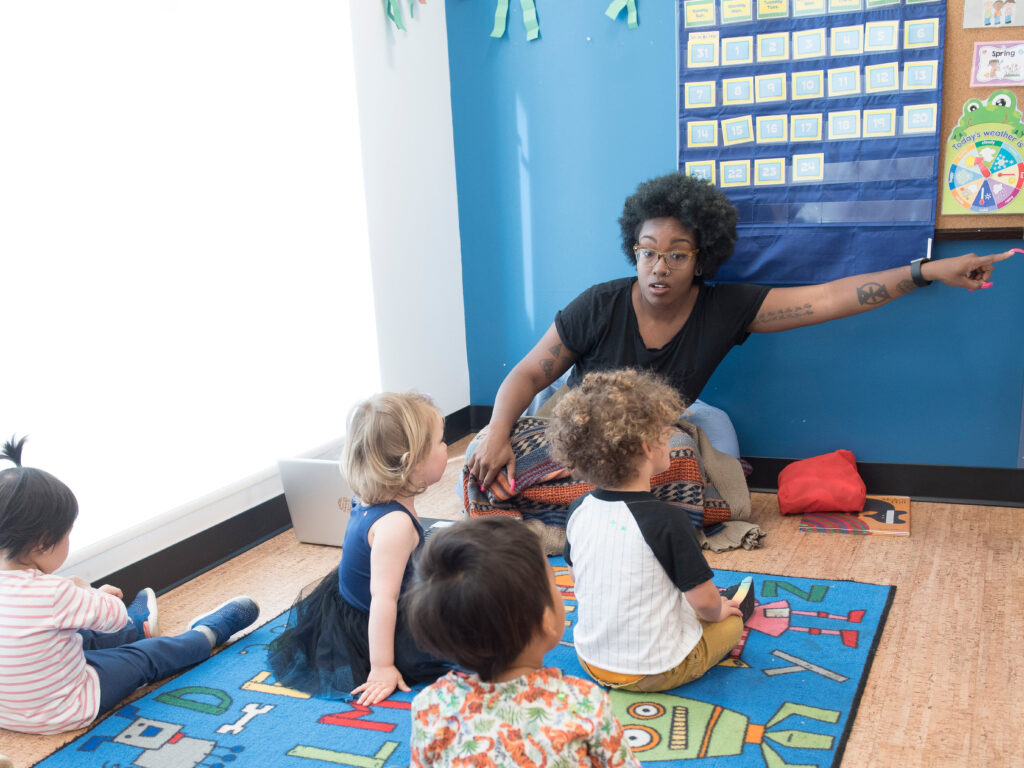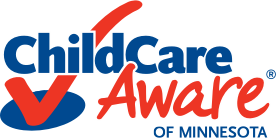Outlining the 2023 Child Care Cost Modeling Report

People in the early childhood field know that the amount that most child care programs can charge families for tuition is usually less than the actual cost of operating the programs, much less running a profitable business. A new report demonstrates this is true across almost all geographies and program types in Minnesota.
In fall 2021, the Minnesota Department of Human Services contracted with First Children’s Finance (FCF) to develop a cost model to estimate the cost of child care in Minnesota. The model estimates the cost of meeting health and safety requirements for licensed child care programs in Minnesota. It calculates how costs vary based on the age of children served, geographic location, license type, and quality of care. This model can be used to set Child Care Assistance Program (CCAP) reimbursement rates at a level more closely aligned with cost than the current Market Rate survey, which relies on data about tuition.
The report notes, “Most child care programs set tuition rates based on what local families can afford and rely on various cost-cutting measures to balance their budgets. Some cost-cutting strategies, such as depending on donated facility space, fundraising, or volunteer labor, limit child care supply in communities where these resources are not readily available. Other measures, such as offering low wages and few benefits to staff, limit child care supply and impact the quality of care.”
The report finds that:
- The current market does not support the high cost of infant care anywhere in Minnesota, in both centers and family child care.
- The current child care business model is not sustainable in greater Minnesota; local markets support lower tuition rates than in the metro, but costs are not substantially lower.
- The actual cost of quality is unmet by the current market. Parent Aware grant amounts are insufficient to offset the higher cost to programs meeting the Parent Aware Standards and Indicators.
- Support grants provided under COVID-19 relief funding (and continuing as Great Start grants) supported programs by increasing net revenue for family child care and creating a small profit margin for centers.
- Programs operating in languages other than English, in areas of high economic need, with high CCAP enrollment, and providing care for children with special needs had lower net revenues than the standard cost model.
The full report, including tables and detailed information for family child care and center-based programs, is on the DHS website.
